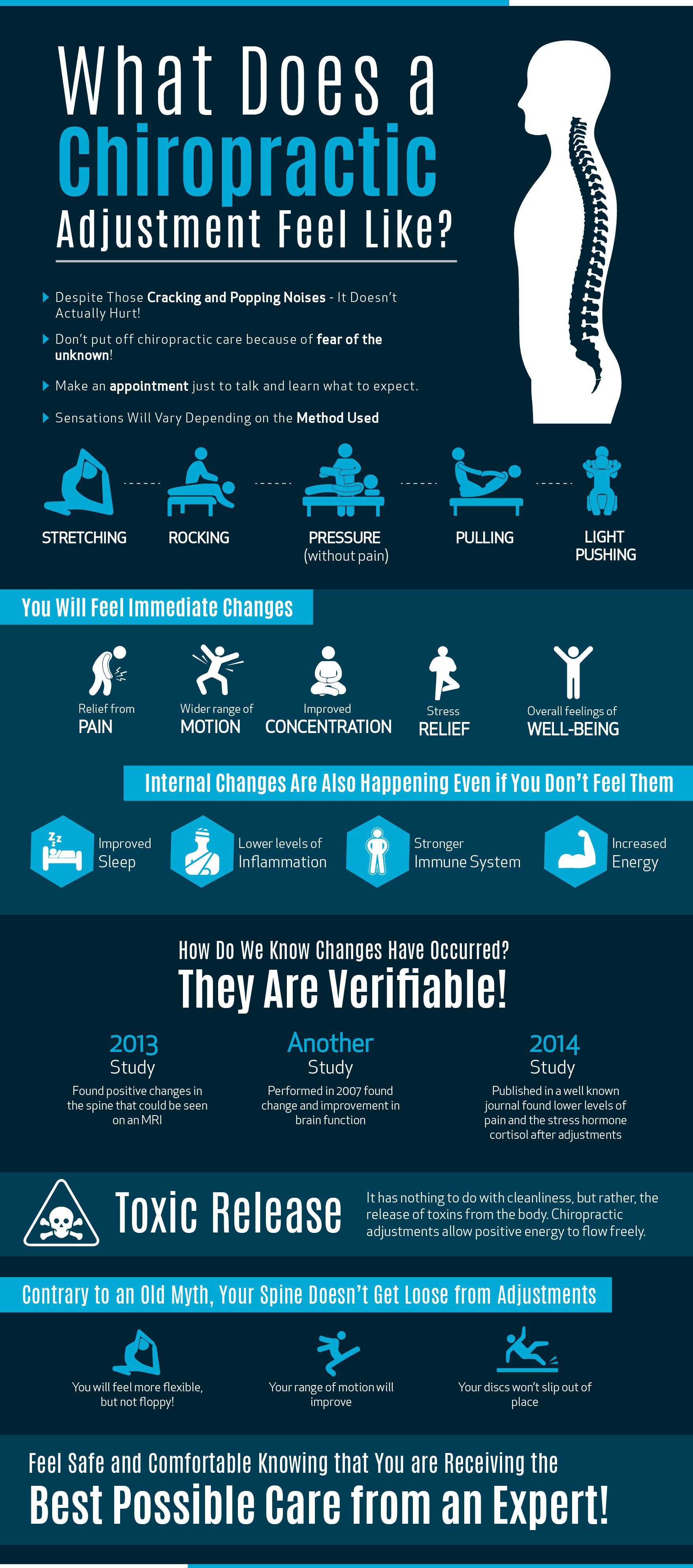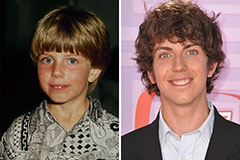You might be stunned to learn about the intriguing capacity of cold laser treatment in the world of neurological problems. Imagine a treatment method that offers wish for relieving signs and enhancing recuperation in conditions like neuropathy, migraines, and even spine injuries. The study bordering cold laser therapy's influence on nerve function and tissue repair is rather engaging, requiring more exploration into its applications and end results.
System of Cold Laser Treatment
One essential facet of the device of cold laser treatment is how the low-level laser light passes through the skin to communicate with cellular processes. When the cold laser is put on the targeted location, the light energy is absorbed by the mitochondria within the cells. This interaction boosts a series of organic responses that can result in different healing impacts.
The photons from the laser advertise a boost in mobile energy manufacturing, which can aid enhance the overall function of the cells.
Additionally, the stimulation of the mobile processes by the cold laser can also bring about boosted blood flow in the area. This enhanced blood flow can bring much more oxygen and nutrients to the cells, promoting faster healing and tissue regrowth.
Furthermore, the interaction in between the laser light and the cells can help reduce swelling and discomfort by regulating the inflammatory feedback.
Research Study Proof on Performance
Check out the study proof sustaining the performance of cold laser treatment for neurological conditions. Research studies have shown appealing cause making use of cold laser therapy for various neurological problems.
Research indicates that cold laser treatment can help reduce discomfort and inflammation related to problems like neuropathy, migraine headaches, and stroke recovery. In addition, it has been found to boost nerve function and regeneration, which is critical for conditions such as peripheral neuropathy and spinal cord injuries.
A study published in the Journal of Neurology Research study showed that cold laser therapy was effective in decreasing pain strength and boosting nerve function in individuals with diabetic person neuropathy.
https://seekingalpha.com/article/4499087-cutera-gains-arent-surprising in the Journal of Professional and Diagnostic Study highlighted the favorable effects of cold laser treatment on improving electric motor function in individuals undergoing stroke rehab.
In addition, study released in the Journal of Migraine and Discomfort suggested that cold laser therapy could be beneficial in lowering the frequency and strength of migraines.
These findings collectively sustain the effectiveness of cold laser treatment in handling numerous neurological conditions.
Applications for Neurological Conditions
To use cold laser treatment properly for neurological problems, it's essential to comprehend the particular therapy methods and target areas connected to each condition. Cold laser treatment has shown guarantee in dealing with numerous neurological conditions such as neuropathy, stroke recuperation, distressing mind injuries, and several sclerosis.
For Highly recommended Resource site , cold laser therapy can help in reducing pain and swelling by targeting the affected nerves directly.
In stroke healing, the therapy can aid in enhancing electric motor feature and reducing spasticity in influenced limbs.
Stressful brain injuries may gain from cold laser therapy by promoting cells fixing and minimizing swelling in the mind.
Furthermore, in multiple sclerosis, cold laser treatment may help handle symptoms such as muscle mass weak point and spasticity.
Final thought
To conclude, cold laser treatment shows assurance in dealing with neurological problems by reducing discomfort, swelling, and promoting cells fixing.
therapeutic laser treatment supports its performance in enhancing motor function, nerve feature, and total quality of life for individuals with neurological disorders.
With its non-invasive nature and favorable results, cold laser treatment is a valuable restorative option for managing signs and advertising recovery in neurological conditions.

 Rick Moranis Then & Now!
Rick Moranis Then & Now! Taran Noah Smith Then & Now!
Taran Noah Smith Then & Now! Destiny’s Child Then & Now!
Destiny’s Child Then & Now! Suri Cruise Then & Now!
Suri Cruise Then & Now! Nadia Bjorlin Then & Now!
Nadia Bjorlin Then & Now!